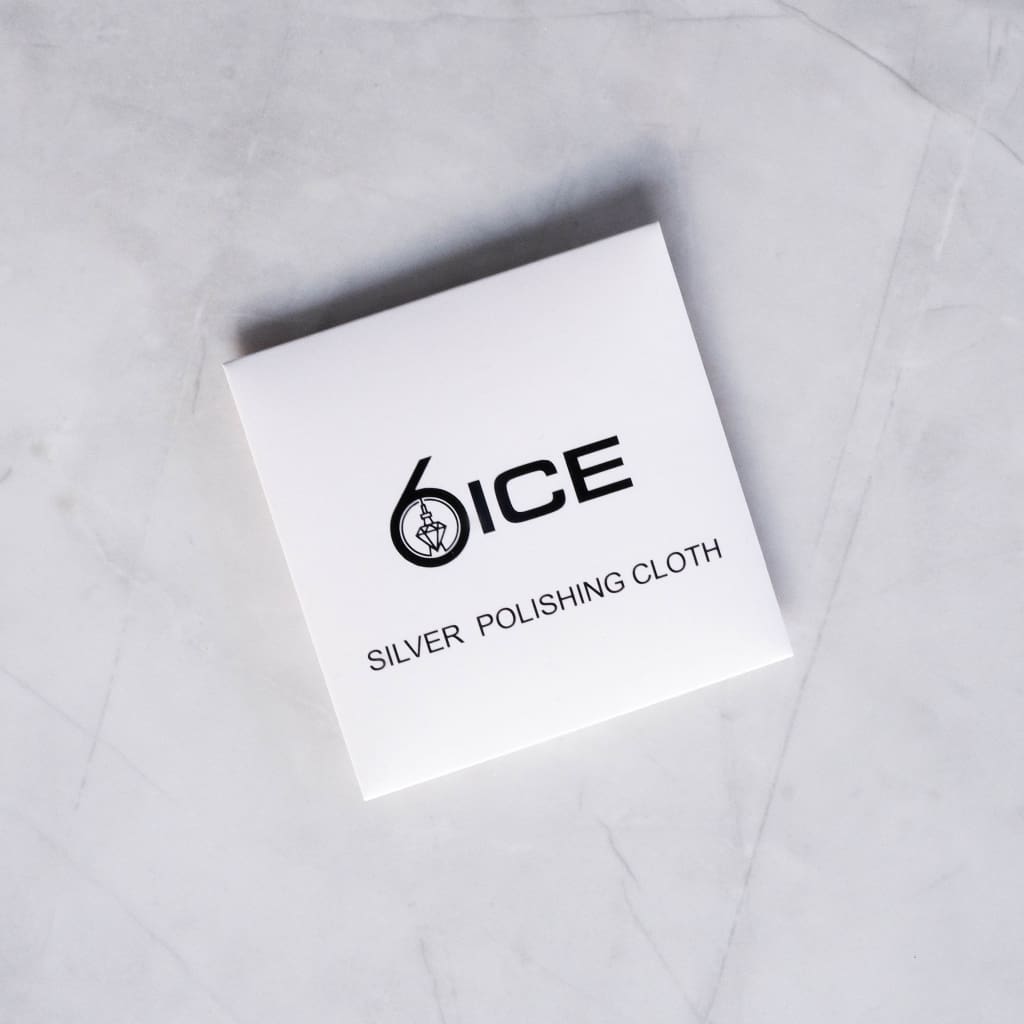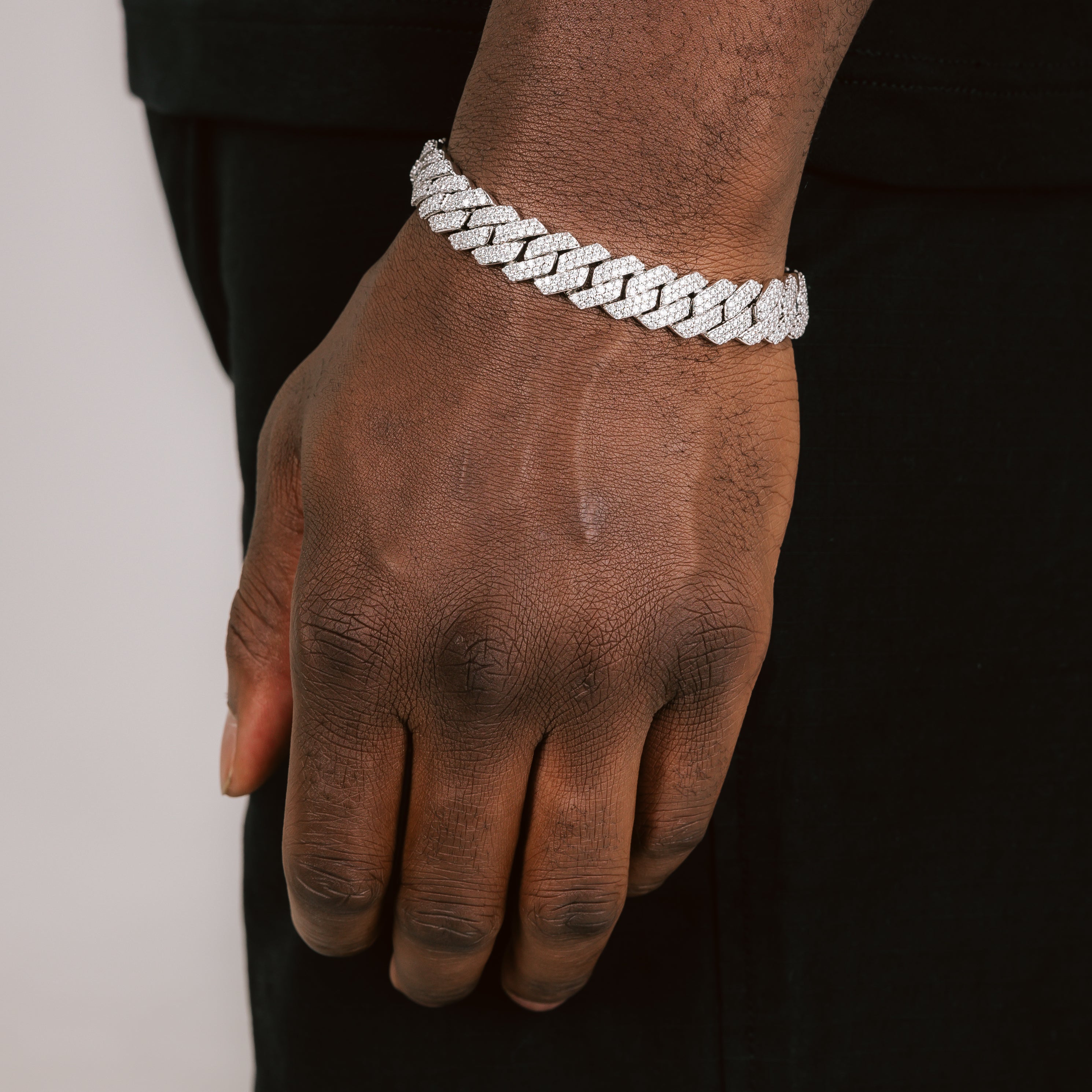Jewelry Cleaning Cloth
Achieve a briliant shine with our high-quality reusable polishing cloth
€0,00 €20,00

Your Cart Is Empty
LIMITED TIME OFFER - SALE ENDS IN: ::
FREE GIFT
FREE SHIPPING
Achieve a briliant shine with our high-quality reusable polishing cloth

Your Cart Is Empty
Your purchase must be $100 and over to get the Free Gift!
Your purchase must be $150 and over to get the Free Gift!
Offer ends in10:00

 (119 reviews)
(119 reviews)
Upgrade your order with this stunning piece to match with your other items.
€85,95€190,95
€85,95€190,95
€85,95€190,95
Decline this offer
By entering my email address I agree to receive all communication from 6 ICE.
Enter your phone number
to get EXTRA 10% OFF.
No, I don't want my prize
No, I don't want Extra 10% OFF
Is a diamond on your wish list? If so, it's imperative that you know how to read a diamond purity scale. This scale is used to determine the severity of inclusions and defects (both visible and invisible) within a diamond. Understanding diamond clarity and the diamond clarity scale will help you select a diamond with the fire and brilliance you desire. The diamond clarity scale and its various grades are explained in this article for your convenience in making a purchase.
Diamond clarity refers to the presence of any imperfections, known as inclusions and blemishes, within a diamond. The diamond's luster and appeal may suffer as a result of these flaws. The clarity of a diamond is determined by the number, size, type, and location of these imperfections.
The diamond clarity scale or chart is a system that grades diamonds based on the presence and visibility of inclusions and blemishes. The scale ranges from Flawless (FL) to Included (I), with eleven grades in total. Each grade represents a different level of clarity, with Flawless being the highest and Included being the lowest.
Here is a breakdown of the diamond clarity grades:
The clarity grade of a diamond has a significant impact on its price. Diamonds with higher clarity grades, such as Flawless and Internally Flawless, are extremely rare and therefore more expensive. As you move down the clarity scale, the presence and visibility of inclusions increase, resulting in lower prices.
It's important to note that while diamonds with higher clarity grades are more valuable, inclusions do not always affect the beauty of a diamond. Choosing a diamond with natural inclusions can be a highly individual and distinctive experience.
There are several factors that can affect the clarity of a diamond:
It's important to consider these factors when choosing a diamond, as they can significantly impact its clarity and therefore its overall price and appearance. It's also important to remember that diamond clarity is just one of the 4Cs (caratweight, color, clarity, and cut) that determine a diamond's quality and value. It's a balance of all these factors that ultimately determines the beauty and worth of a diamond.
Professional gemologists evaluate diamonds under specialized illumination and magnification equipment to grade them on clarity. One of the most trusted and well-known gem grading labs, the Gemological Institute of America's (GIA) scale is widely adopted throughout the trade.
Diamond clarity is determined in large part by the American Gem Society (AGS). The AGS has its own grading system, which is known for being particularly strict and thorough. Diamonds are graded according to the size, kind, location, and amount of inclusions in addition to the inclusions' nature and the diamond's overall cut quality.
If you're in the market for a diamond, you should prioritize finding one that has been graded by either the Gemological Institute of America (GIA) or the American Gem Society (AGS). Diamond clarity information, along with the other 4Cs, is provided in these grading reports so that customers can make an educated purchase.
Yes, the diamond clarity scale can be used to differentiate between natural and synthetic diamonds. While natural and synthetic diamonds can have similar levels of clarity, there are certain characteristics that can help distinguish between the two.
Natural diamonds are formed over millions of years under extreme pressure and heat deep within the Earth's mantle. Therefore, they frequently include peculiar interior structures, known as inclusions, such as feathers, crystals, or clouds. Natural diamonds are distinguished by the presence of minute crystals called inclusions, which form during the diamond's formation.
Synthetic diamonds, on the other hand, are grown in a lab using HPHT or CVD (chemical vapor deposition) processes. These techniques permit the cultivation of diamonds under laboratory conditions. Synthetic diamonds are generally free from inclusions or have minimal ones because they are created in a controlled environment where impurities are kept to a minimum.
Therefore, when using the diamond clarity scale to differentiate between natural and synthetic diamonds, it is important to consider the type and location of inclusions present. In contrast to synthetic diamonds, which often have few or no inclusions, natural diamonds are more likely to contain a variety of distinct inclusions dispersed throughout the stone.
In conclusion, knowing how to read a diamond's clarity grade is crucial for making a well-informed purchase. The beauty and value of a diamond are affected by the presence of inclusions and imperfections, which are measured on the scale. Each letter grade, from Perfect to Included, represents a different level of precision. The price increases with the clarity grade, yet impurities can give a stone personality and make it one of a kind. Clarity is affected by inclusion size, inclusion type, inclusion position, and inclusion cut quality. Certification from respected organizations like GIA and AGS lends legitimacy. The inclusions in synthetic diamonds make them difficult to identify visually, but the clarity scale helps with that. If you understand this scale, you'll be more equipped to choose a diamond that fits your needs and your budget.
Discover the ultimate in fine jewelry at 6 Ice. We are experts in the field, offering the finest chains, bracelets, rings, and more. Whether you desire a custom creation or a stunning in-house design, indulge in premium jewelry without compromising your budget. Experience the exceptional at 6 Ice.
Sources
Be the first to hear about new product releases and VIP deals